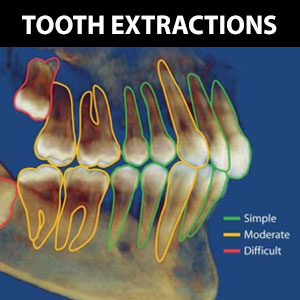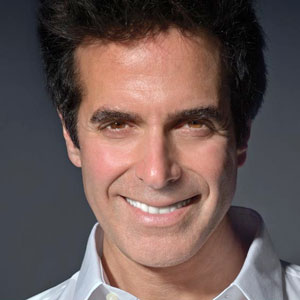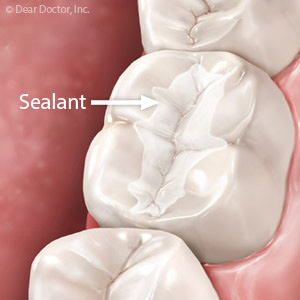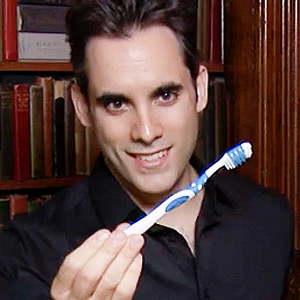

Dentists around the world routinely remove diseased or damaged teeth every day. While some extractions require surgery, many don’t: Your family dentist can perform these simple extractions, usually with little complication.
The term simple doesn’t necessarily mean easy—as we’ll note in a moment, it takes a deft and experienced hand to perform this type of extraction. The term in this case refers more to the type and condition of the tooth: The tooth roots are relatively straight and reside in the bone at an accessible angle. There are otherwise no meaningful impediments to removing it straight out.
The idea of “pulling a tooth” out of the jaw isn’t the most accurate way to describe the procedure. A tooth is actually held in place within its bony socket by the periodontal ligament, a tough, elastic tissue between the tooth root and the bone that attaches to both through tiny fibrous extensions. The best method is to first loosen the tooth from the ligament’s tiny attachments, for which experienced dentists can develop a certain feel. Once released from the ligament, the tooth will usually come free easily from its socket.
Not all teeth, though, can be removed in this manner. Teeth with multiple roots like back molars, and without a straight trajectory out of the socket, can have a complicated removal. Other dental conditions could also prove problematic for simple extraction, such as brittle roots that might fragment during removal.
For these and other complications, your general dentist may refer you to an oral surgeon for the tooth extraction. But even with the surgical component, these more complicated extractions are relatively minor and routine—millions of wisdom teeth, for example, are removed every year in this manner.
If you have a tooth that needs to be removed due to disease or injury, your dentist will first determine the best way to remove it and will refer you, if necessary, for surgical extraction. And whatever kind of extraction you undergo, the dentist performing it will make sure you remain pain-free during the procedure.
While tooth preservation is usually the best course for long-term dental health, it’s sometimes best to remove a tooth. If that should happen, your dentist will make sure it’s done with as little discomfort to you as possible.
If you would like more information on dental extraction methods, please contact us or schedule an appointment for a consultation. You can also learn more about this topic by reading the Dear Doctor magazine article “Simple Tooth Extraction?”









